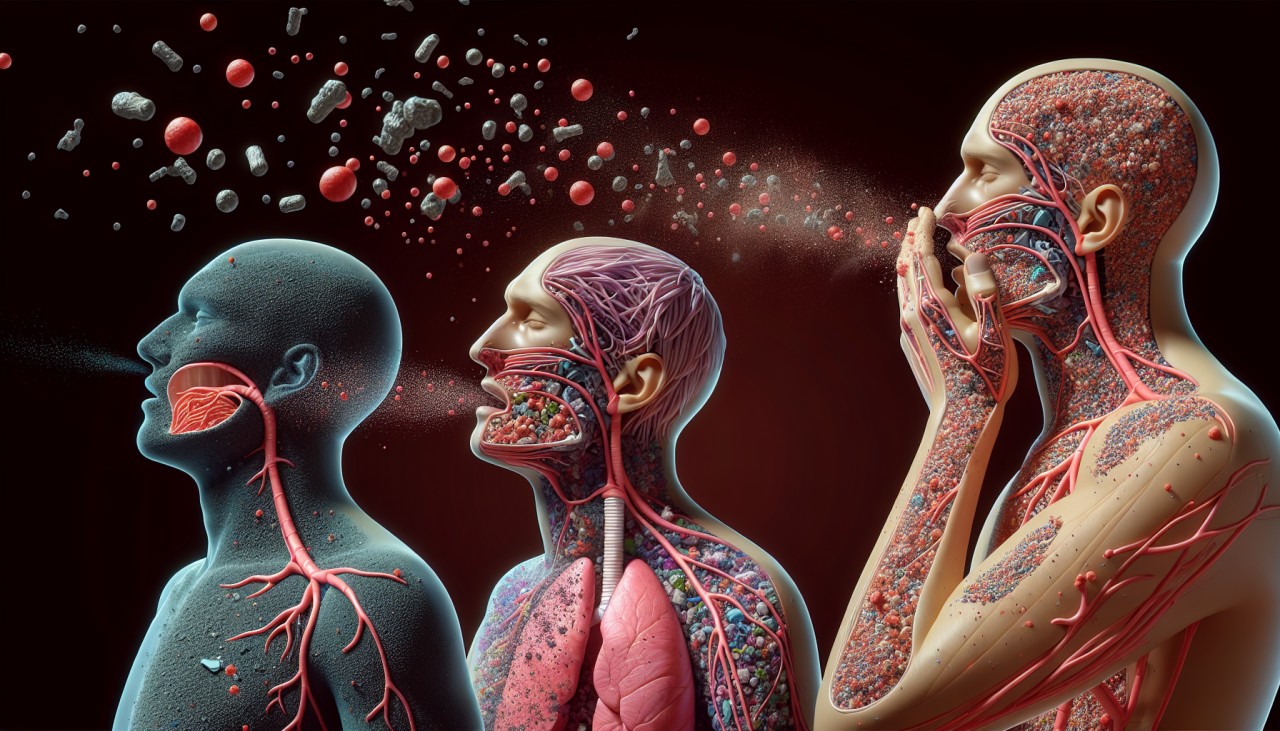


Microplastics, minuscule plastic particles less than 5 millimeters in size, have become pervasive in our environment, infiltrating oceans, soils, and even the air we breathe. Recent research indicates that humans are exposed to microplastics through various routes, including ingestion via contaminated food and water, inhalation of airborne particles, and skin contact with products containing microplastics. Studies estimate that individuals may ingest between 39,000 to 52,000 microplastic particles annually, primarily through seafood consumption and other dietary sources. pmc.ncbi.nlm.nih.gov
The health implications of microplastic exposure are still under investigation, but emerging evidence suggests potential risks. Microplastics can act as carriers for harmful chemicals, including endocrine disruptors like bisphenols and phthalates, which are known to interfere with hormone systems and may lead to reproductive issues, developmental problems, and increased cancer risk. endocrine.org Additionally, inhalation of microplastic fibers has been linked to respiratory problems, and their presence in the bloodstream raises concerns about cardiovascular health. apnews.com
To reduce your exposure to microplastics, consider the following practical steps: - **Choose natural fibers**: Opt for clothing, bedding, and furniture made from natural materials like cotton, wool, and linen to minimize shedding of synthetic microfibers. - **Use reusable containers**: Replace single-use plastic containers with glass or stainless steel alternatives to reduce plastic waste and potential chemical leaching. - **Filter your water**: Install a water filter that can remove microplastics to reduce ingestion through drinking water. - **Be mindful of personal care products**: Check labels for microbeads and choose products without these ingredients to prevent microplastic exposure through skin contact. - **Stay informed**: Use apps like EWG Healthy Living to identify products with microplastics and make informed choices. By incorporating these habits into your daily routine, you can help reduce your exposure to microplastics and contribute to a healthier environment.